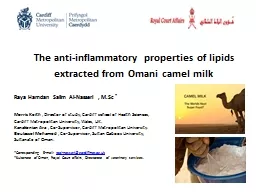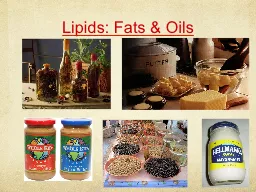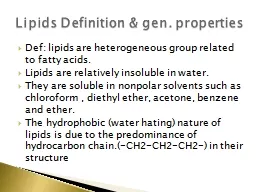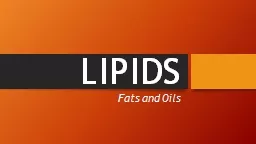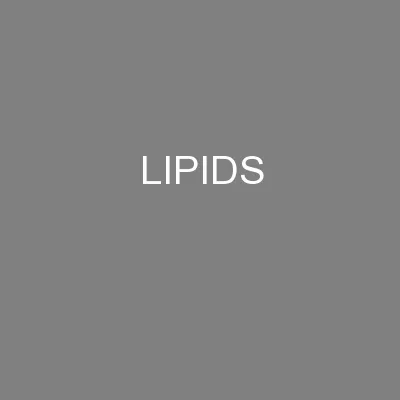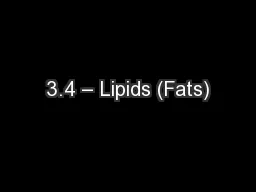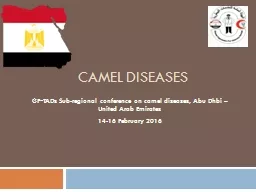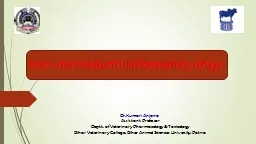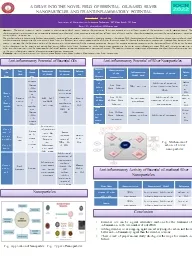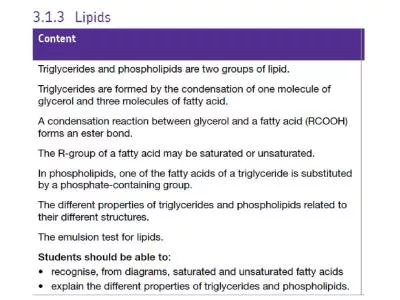PPT-The anti-inflammatory properties of lipids extracted from Omani camel milk
Author : myesha-ticknor | Published Date : 2019-11-08
The antiinflammatory properties of lipids extracted from Omani camel milk Raya Hamdan Salim AlNasseri MSc Morris Keith Director of study Cardiff school of Health
Presentation Embed Code
Download Presentation
Download Presentation The PPT/PDF document "The anti-inflammatory properties of lipi..." is the property of its rightful owner. Permission is granted to download and print the materials on this website for personal, non-commercial use only, and to display it on your personal computer provided you do not modify the materials and that you retain all copyright notices contained in the materials. By downloading content from our website, you accept the terms of this agreement.
The anti-inflammatory properties of lipids extracted from Omani camel milk: Transcript
Download Rules Of Document
"The anti-inflammatory properties of lipids extracted from Omani camel milk"The content belongs to its owner. You may download and print it for personal use, without modification, and keep all copyright notices. By downloading, you agree to these terms.
Related Documents

